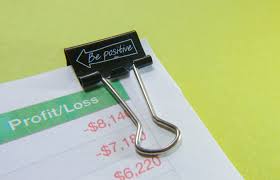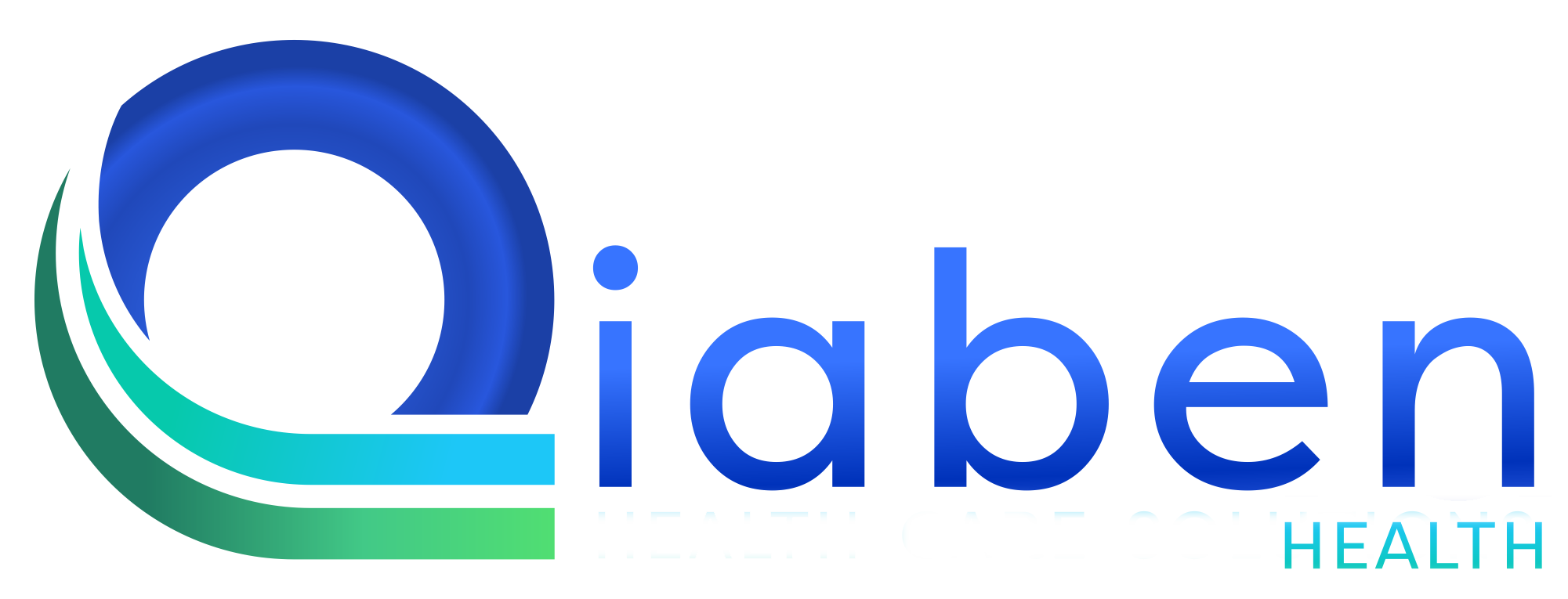1.An Approach to Revenue Optimization.

Revenue maximization in a dental practice can be achieved through effective billing. Dental
practices that enhance their billing systems, manage claims efficiently, and educate and
communicate with the patients can enhance their revenue and the patient experience. Below
are some key strategies for optimizing dental billing to maximize revenue.
2.Billing errors: Their nature and their cost.
Typical billing mistakes and the perspective of billing on dental practice profitability.
Some common billing errors found within dental practices can adversely affect a practice in a number of ways, namely revenue, patient contentment, and cash flow. The recognition and rectification of these mistakes is important in ensuring that the practice runs smoothly and the finances are in order. Below is a compilation of some of the most common billing mistakes and the costs that are associated with making them. Billing errors are common even in the most basic of practices: They have poor management performance to begin with and include such errors as late billings, unpaid invoices, payments that do not match up, or lost lawsuits. Addressing these problems with the staff, with the billing system, and with the patients themselves should help reduce many of these common mistakes. Billing accounts, bill collection, and cash flow management can all be improved, which should result in enhanced care.
Statistics on denied claims and associated with denied claims rework
Dentists often try to tell their patients that insurance coverage is an endless resource. What
they do not know, however, is that there are almost always limits, and these limits run the show. They cause late payments, more administrative tasks, and missed earnings if no action is taken quickly. Here are important figures on the performance of denied claims and the volume of rework together, illustrating the scale issues in healthcare and dental claiming. Denied claims, together with the cost of reworking them, are an additional financial burden to the dental practices. An average denial level of 5% to 10%, together with creating and submitting a claim, which costs around $25 per claim, can lead to a loss of revenue in the order of thousands of dollars. In fact, practices manage to recoup only 55% to 65% of the denied claims, which means a lot of money in potential earnings is lost forever. Such costs can be reduced and the overall profitability of dental practices increased by adopting measures to prevent the occurrence of denials, such as correct coding, making sure clients have adequate insurance cover, and the use of billing software applications.
3.Case studies or examples illustrating the financial impact of billing mistakes
Case studies or examples illustrating the out-of-pocket cost of billing errors on the other hand, it is appropriate to provide several cases and examples from dental practices to show how billing errors affect the bottom line. These case studies focus on revenue loss, increased overhead, and cash flow issues arising due to billing errors. A few instances are noted below to highlight the revenue losses arising from the more common billing mistakes.A small dental practice with five employees had to be constantly frustrated over the rejection by patients’ providers with regard to claims as a result of the inability to correctly apply CDT codes. The practice’s staff members were inadequately trained for correct coding of such procedures as root canals and crowns due to perennially outdated coding programs in the practice. This resulted in a majority of claims being thrown to the waste paper basket or in a situation where the payers of the policies made partial payment

i) Taming the Process of Billing
The recent trends in billing systems have been adopted by almost all dental practices with the intention of speeding up the late payment, decreasing the incidence of billing mistakes, and enhancing the inflow of cash. The billing systems can also be streamlined in such a manner that claim denials, patient displeasure, and lost income are all alleviated.The following outline presents the major strategies for increasing the effectiveness of the billing system in a dental practice.Duties like submitting claims, tracking payments, and following up on claim submissions have all become automated with the use of most of the modern dental billing systems. Seek to check for patients’ insurance compatibility plus the patient’s insurance policy use coverage limits prior to the booking of the appointment. More importantly, there are systems that make it possible to track the progress of claims submitted to insurers and give feedback after appealing a denied claim or making inquiries on unpaid claims
ii) Automation and technology solutions
Claim submission and posting of payments are operational aspects cut out for dentists billing software, which is able to assist the practice in availing a reduced number of errors made manually and even the burden of administration work. Examples of the functionalities of the software used for the wobbling of the finances of the organization include
iii) Automated Claims Submission
This function allows automated submission of only insurance claims electronically. It leads to a shorter time needefor making those claims in the eventualities that they have to be made. Before submission, many software systems detect
some errors, which help enhance the denial rates
iv) Real-Time Eligibility Checks
The dental billing software assists in carrying out insurance eligibility checks before surgical procedures or treatment, which helps the practice know the services that may be covered, thereby reducing the amount of rejections caused by enrolment
issues.
v) Artificial Intelligence (AI) in Dental Billing
Al-powered solutions are the quickest form of technology that is being adapted by many dental practitioners in the processes that relate to dental billing with the aim of ensuring accuracy, reducing human errors, and managing revenue cycles. Artificial intelligence technology interprets large amounts of data to relate information, errors, and future plans, which enable dental practices to improve their decisions as well as their financial
performance.
4. Applications of AI in Dental Billing.
i) Denial Avoidance
Pre-billing coding, documentation, or eligibility validation can be performed by AI before claims are submitted, which assists in significantly reducing the rate of denial. This eliminates the need for expensive and time-consuming corrective measures.
ii) Predictive Modeling
AI can quickly assess historical billing data in order to assess the reasons as to which claims are likely to be denied. This allows practices to take steps to avoid such situations.
iii) Automated Claims Adjudication
Certain AI systems can streamline the claims review process by approving or denying claims based on insurer guidelines, which shorten the revenue cycle..
iv) Intelligent Revenue Cycle Management (RCM)
With AI, RCM systems have been able to leverage intelligent all-throughout the billing process by looking at the history of the claims, analyzing their various reasons for denials, and giving them process improvement recommendations.
5. Relevance of hand-in-hand real-time insurance verification and cash flow management

As a dentist, one must understand the need and importance of real-time insurance verification in practice. This is done even before a procedure in order to make sure that common procedure-related claim denials, late payments, or uncollected balances do not arise. We will now delve into real-time insurance verification, its relevance, and its impact on cash flow. By the use of, in conjunction with other tools and add-ons, real-time insurance verification, the majority of patient payment denial, payment reconciliation, etc. complaints are solved, thus allowing the dental practice to control cash flow effectively from the start of the business. As a practice fully understands the scope of coverage and what is at stake, the likelihood of additional valuable human resources being wasted on bill settlement decreases, thus streamlining the entire billing process. Consequently, this improves practice overall finances, patient contentment, effectiveness of revenue generation cycles, and many other day-to-day activities of the practice
6.The Last Resort: Strategies for Denial Management
Factors that contribute to a denial of an insurance claim and effective ways to resolve the same.
Similar to EFTs, claim rejections can paralyze the payment process for months and cause excessive workload and pain to all administrators in dental clinics. It is to one’s benefit tocome across their common instances and challenges and how to tackle them. That is precise, the order of claim submission is the most important aspect that affects the rate at which claims are honoured as well as the contents of the claim.
Here’s a summary of the most prominent reasons for claim denials and how to deal with them efficiently. There is probably the most intense management of claim denials, which combines thorough education, moving towards the timely verification of insurance, moving towards accurate description of rendered procedures, and timely submission of claims as well as addressing several denial reasons. By addressing common denial reasons and moving towards best practices, tooth care facilities will be able to reduce the number of times they have been audited, improve their income cycle, and also facilitate faster payment.
How to track and interpret refusal tendencies?
Managing and interpreting trends in refusal of claims is particularly important for dental practices that are working to optimize their revenue cycle management processes. Looking at the reasons for claim denials and an understanding of the reasons, practices are then in a position to take corrective measures and reduce the practices’ frequency of claim denials while streamlining the claiming process. Here are some recommendations regarding tracking and interpreting refusal behaviours in more detail: vision, provide quick audits, and minimize bureaucracy. Tracking and interpreting refusal tendencies is believed to be a proactive measure that can potentially improve the financial standing of the dental practice. Developing and implementing good tracking designs, involving manpower, developing trends, and determination are required so that the number of claims and the chances of denial are reduced and cycles of revenue improved and contribute to patient care. Consistent monitoring and development of appeal processes will result in higher chances of acceptance and an effective bottom line.
How to successfully appeal denied claims in detail?
Where there is submission of an appeal, claiming revenue is fundamental and always good practice within the dental services practices where lower income has been obtained to reduce losses. A successful appeal can be achieved through an organized and strategic approach. It may be, however, useful to give efficiently the steps to appeal denied claims. Oral health practitioners face a particularly acute problem in this regard because effective appeal of denied claims is key to preserving a positive operating cash cycle in the practice. Specific strategies for appealing must be adopted by practices, which include understanding the reasons for claim denials, producing appropriate records, and adopting a systematic approach to appeal litigation. There would be a need for continuous improvement in billing practices, which would also tend to bring down the expected numbers of claims that are likely to go through denial, and the practice’s financial position would be favourable.
7. Improving Patient Engagement in Billing
i) The need for costs and billing practices to be discussed in detail
Costs and billing practices have to be explained properly for dental practices for such factors
as patient confidence, repayment completion on time, general satisfaction, and such other factors to be maximized. A range of standard determinants driving the effectiveness of explaining costs and billing practices have been provided below. Patients who are informed ahead of time about the costs associated with treatment are likely to prepare in advance. This is crucial when dealing with invasive procedures or ones that are optional. Patients and staff alike will find the billing process easier because they will receive clear instructions on the billing and payment procedures.
ii) Rounding off the billing in favour of the patients
The patient-centred approach should include rounding off the billing in favour of the patients; this will in turn lead to high patient satisfaction and timely payments within the dentistry practices. The overall patient’s experience can be improved in dental practices by having a clear, friendly, and flexible billing policy. Make pricing details readily available at the practice and on the website where there are the most common procedures performed. For improving patient satisfaction, securing the collection of payment in a timely manner, and reducing the burden of anxiety regarding money, patient-friendly billing systems are of paramount importance. Dentists can ensure a positive financial experience for their patients through excellent communication, a range of payment choices, and appropriate help to patients. As a result, it cultivates loyalty and helps patients focus on their teeth without thinking about finances.
8.Using technology to enhance the patient experience
It is possible to use new tools, improve processes, and enhance the satisfaction of patients that walk into a dental practice with the assistance of new technology. In this article, a number of positions on how to do the above are presented. Patients from dental practices have a more pleasant experience due to healthier convenience, better communication, and greater access to information, all made possible by advances in technology. The incorporation of these technological measures enables practice to increase efficiency, lessen administrative work, and eventually greater satisfaction and loyalty of patients to practice. Enhancing the patient experience is only one aspect or a stepping stone to the overall enhancement of the therapeutic/business of the practice. This positioning of the practice not only prepares it for current trends but future ones as well.
9. Effective billing strategies bring about the best results in terms of income for practice.
The following draws attention to the billing processes’ review cycle as well as their improvement and tries to summarize how the practices in question can improve a practice’s financial performance. When done right, it would be an effective way to maximize revenues in dental practices. The practices, however, can improve their financial position by employing precise codes, submitting claims at appropriate times, enhancing communication, providing multiple payment alternatives, and utilizing strong strategies to manage claim denials. And this continuous evaluation of billing and collection processes and their enhancement is also important for being responsive to changes in the environment and being competitive. A commitment to such continuous improvement practices will allow dental practices to not only be profitable but to also ensure that their patients have a pleasant experience.







